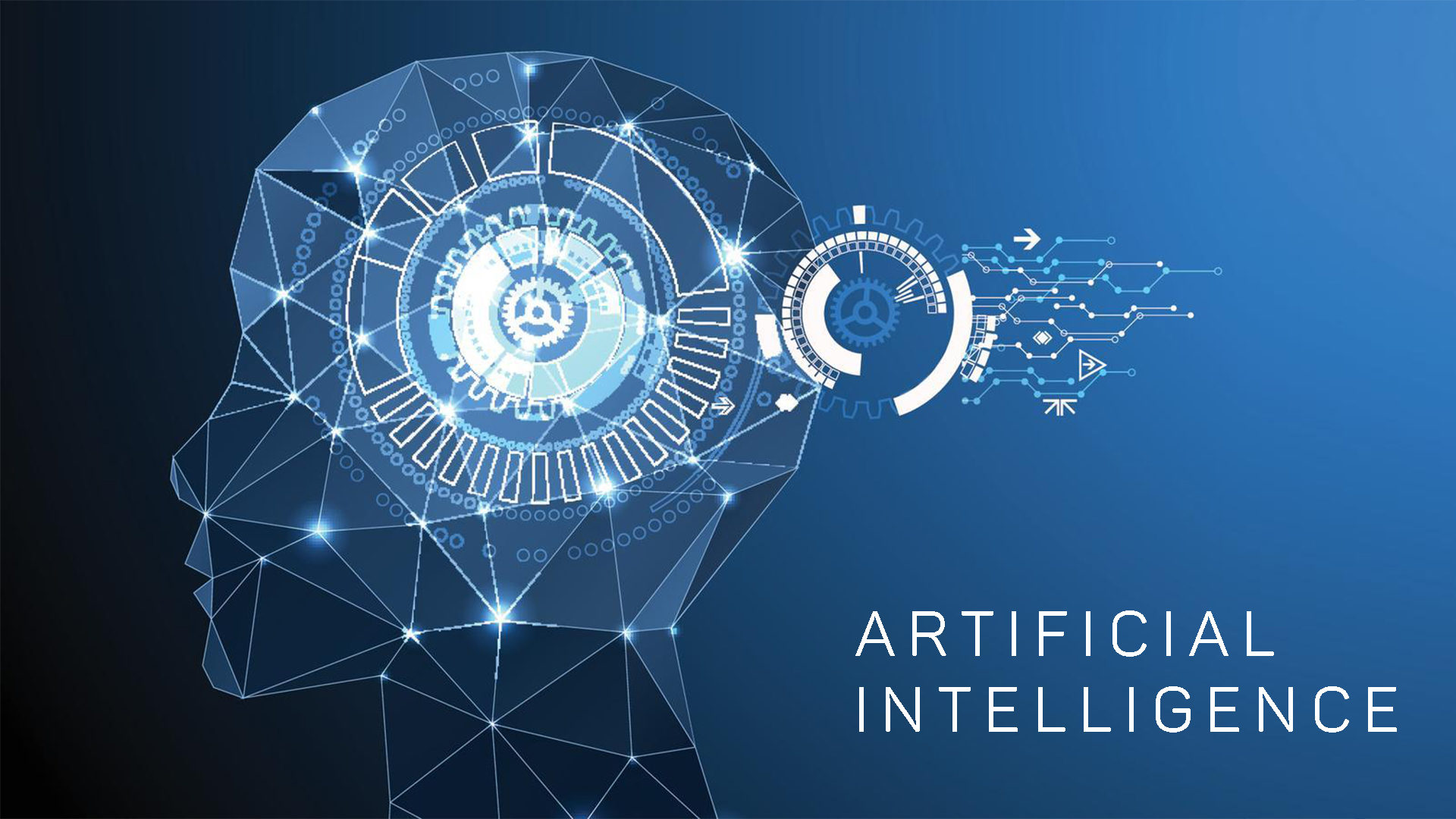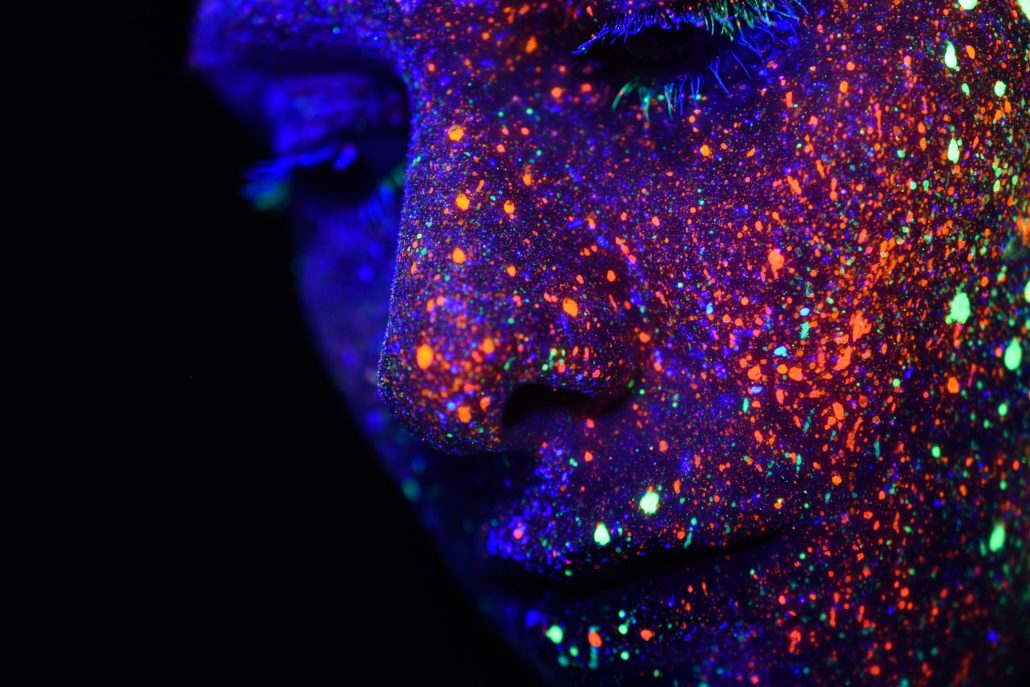Artificial Intelligence (AI) should include Physiognomics to avoid misuse
One of the trendiest technologies today is Artificial Intelligence (AI); but, this innovation isn’t new at all. Artificial intelligence has existed since antiquity, even in the age of the Greek philosopher Homer. Today’s AI is built on the history of promise, possibility, and the fantastical potential the innovation brings.
Even though this invention has a long history, the theoretical possibilities of using Artificial Intelligence has only been able to be tested, verified and validated by an experimental instrument since the late 1940s and early 1950s. The modern computer can test hypotheses about thought mechanisms and intelligent behavior, which were previously just speculative possibilities. Understanding the nature of intelligent thought and action used by computational devices, AI applications and related discipline research for information processing are only as effective as the data diversity in real time systems.
Institutions and agencies, such as law enforcement, use Artificial Intelligence to identify criminals, thwart would-be terrorists, and conduct general surveillance. Last month, the American Civil Liberties Union released its own experiment related to the use of Amazon’s AI system Rekognition to distinguish facial features and verify identity. In the experiment, the advocacy group contends that the software falsely matched members of Congress to criminal mugshots, resulting in their call to ban the use of Rekognition by law enforcement.
This blog post is not to endorse, nor deny the use of AI. Rather, our position is that its use is only as good as the input data. Particularly concerning is how the datasets in Rekognition – or other types of AI used to assist law enforcement – were labeled and represented. How was the “own” race bias calculated? What were the standards? Were the people imagery networks that are unlike the observer measured differently?
The major challenges with facial recognition in computer vision are in the lighting, posing, and expression caused by the Displacement Field Data Network. So, if the subjects have darker complexions, broader facial figures, or more robust body forms, AI results can generate inconsistent and unsound outcomes. In the ACLU’s experiment, the methodology used a system that identified facial recognition at 80 percent confidence, rather than the 95 percent confidence level Amazon states it uses, according to an article published by Bloomberg about the controversial experiment.
Artificial Intelligence Only Tells Part of the Story
Artificial Intelligence only tells part of the story. Multipurpose algorithms that humans engage contribute to effectively using facial recognition for accurate and reliable results, which is less limiting than AI. Facial age detection, alignment, estimation of pose, gender recognition, facial expressions, ethnicity and cultural derivations that replicate the region of the brain where facial recognition is encoded.
The brain works differently when memorizing “own race” and “other race” faces. This process of “individualism” values and social “contracts” (own and others) tends to focus on the unique physical attributes that are familiar to the individual making the assessment about trustworthiness. Physiognomics can enhance Artificial Intelligence assessments by enabling the evaluator or user to see beyond unspoken cues, thereby helping law enforcement, or other industries using the technology, to understand the value and limitations of perceptions.
Facial recognition studies are often performed in academic settings where racial majority students are the subjects. Few studies focus on the minority and elderly subjects, or the phenomenon known as the “other race effect.” Observations that involve minorities and the elderly tend to be labeled in social categories, unwittingly creating an assumed consciousness of sameness by age, skin color, gender, culture and socio-economic generalizations. The bulk of research to date has mainly examined majority-white population.
The Body Never Lies
Physiognomics follows the natural order of the mind by assessing a person’s character and personality from the bio-metrics of the face and body. For instance, a child may have few life experiences; but, his natural sensory responses to others are stimulated by positive and negative physiognomic cognitive perceptions. Characteristically, humans construct information from perception, expression and awareness – until they are taught social norms.
Artificial Intelligence and Physiognomics are tools that can be used in conjunction with one another. Physiognomics is multi-dimensional in its perceptive capabilities, covering a broader assessment than many AI programs for the general population group. Artificial Intelligence can be a useful tool to discover a truer meaning in the unspoken cues, rather than reinforcing societal stereotypes. Merely overlaying facial images denies variations in facial forms among different humans. Physiognomics, on the other hand, explores the personality and character that inform behaviors that manifest themselves on the face and in the body.
Every “body” is good and reflects the experiences of the person in it. Physiognomics is based on the biometric analysis of an individual’s unique physical characteristics and non-verbal behavioral cues rather than perceived assumptions, such as race or ethnicity. As the databases become more relevant to our global communities in the fight against terrorism and other crimes, they will need to include a wide swath of body types and other non-biased characteristics. Then, issues related to the use of AI may be resolved.
That takes us back to the discussion about the ACLU experiment and the AI used which mismatched Congressional members with criminals. The underlying result is that the system labeled these lawmakers, including some members of the Black Caucus in Congress, as untrustworthy. Study results are only as valid as the data used. Physiognomics is an assessment tool that examines physical geometric structural alignments. The body never lies.
A Promising Future
The future has promise. Today, computers can play chess better than humans because they are programed with championship quality data. In the future, computers may also be programmed to accurately read people’s intent and character. Until then, the human evaluator is still the best source. With practice, anyone trained in principles of Physiognomics, which engages the intuitive nature of the mind, can generate outcomes and observations. Doing so begins and ends with bridging the gaps in societal awareness of those different than ourselves.
Learn More about Physiognomics and How it Can Enhance Your Business
Visit www.readthebody.com to learn more about the history of Physiognomics, view additional blog posts, or contact us to work with your organization.



